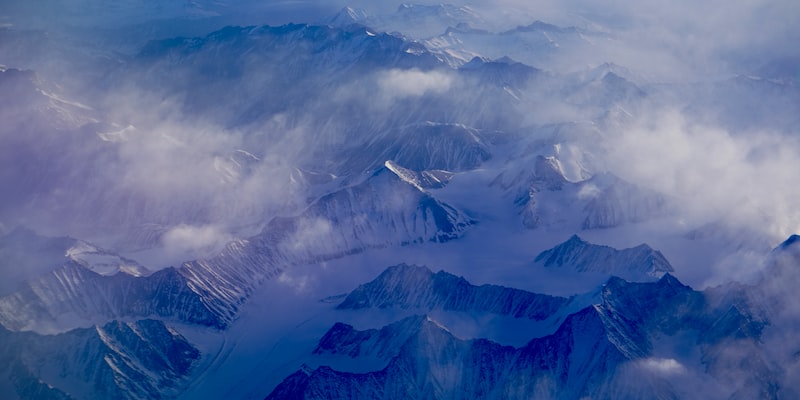What is the temperature in kashmir?

Kashmir's geography and climate
Kashmir is a landlocked region in the northernmost part of India. It is bounded by the countries of Pakistan, China, and Afghanistan. The region has a complex history and has been the site of numerous conflicts. Today, the area is administered by India and Pakistan, but the status of Kashmir remains contested. The climate of Kashmir varies depending on elevation. In the lower elevations, the climate is typically hot and humid, while in the higher elevations, it is cooler. The average temperature in Kashmir is 15 degrees Celsius (59 degrees Fahrenheit).
The temperature in Kashmir
The temperature in Kashmir can vary depending on the time of year and the location within Kashmir. In the winter, the temperatures can drop below freezing, especially at night. In the summer, the temperatures can climb well above 100 degrees Fahrenheit. Kashmir is a large area, so there can be significant variation in temperature from one location to another.
The temperature in Kashmir can vary depending on the time of year. In the summer, the temperature can range from 30-40 degrees Celsius (86-104 degrees Fahrenheit), while in the winter it can drop to as low as -10 degrees Celsius (14 degrees Fahrenheit). Despite this, Kashmir is a popular tourist destination year-round, as there are many activities to enjoy no matter what the weather is like. If you're planning a trip to Kashmir, be sure to pack for both hot and cold weather!
How the temperature affects life in Kashmir
The temperature in Kashmir can have a significant impact on life in the region. In the winter, temperatures can drop below freezing and remain cold for extended periods of time. This can make it difficult to live in Kashmir if you are not prepared for the cold weather. In addition, the snow and ice can make travel difficult and dangerous.
During the summer, temperatures in Kashmir can rise above 100 degrees Fahrenheit. This extreme heat can be dangerous for people who are not used to it, and can lead to dehydration and heat stroke. It is important to stay hydrated and cool during the summer months in Kashmir.
Overall, the temperature in Kashmir can have a big impact on daily life. It is important to be prepared for both the cold winters and hot summers when living in this region.
What to expect when visiting Kashmir
Kashmir is a beautiful place with many different things to see and do. When visiting Kashmir, there are a few things you can expect. The first thing you'll notice is the climate. Kashmir has a continental climate, which means that it has hot summers and cold winters. The average temperatures in Kashmir range from 18-25 degrees Celsius in the summer to -5-10 degrees Celsius in the winter. You can also expect to see some snowfall in Kashmir during the winter months.
Another thing you can expect when visiting Kashmir is the culture. Kashmir is home to many different cultures and religions, including Hinduism, Islam, Sikhism, and Buddhism. You'll find that the people of Kashmir are very friendly and welcoming, and that they have a rich culture and history. When visiting Kashmir, you'll also want to make sure to try some of the local food. There are many different types of dishes available in Kashmir, including traditional Pakistani and Indian cuisine as well as more modern fusion dishes.
Whatever your reason for visiting Kashmir, you can be sure that it will be an unforgettable experience. With its stunning scenery, friendly people, and rich culture, there's something for everyone in this beautiful corner of the world.
Conclusion
The temperature in Kashmir can vary depending on the time of year, but it is typically quite cool. In the winter, the temperature can drop below freezing, so it is important to dress warmly if you are visiting during that time. In the summer, the temperature is more mild, but can still reach over 100 degrees Fahrenheit. No matter what time of year you visit Kashmir, be sure to pack appropriate clothing to stay comfortable in the climate.
